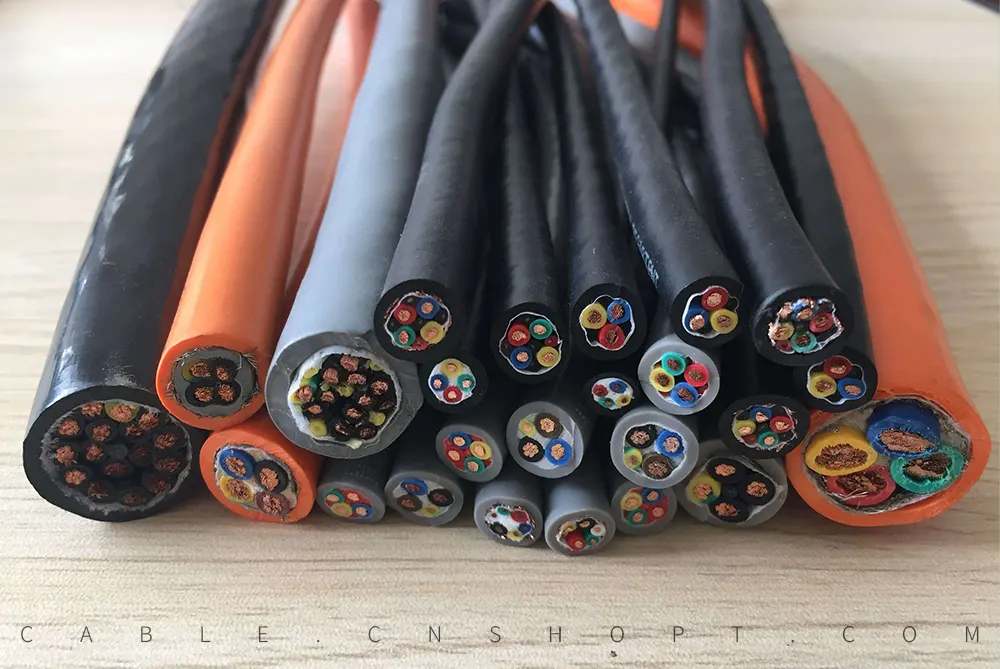When you're purchasing cables, it’s easy to get overwhelmed by the variety of options—and their price tags. But what exactly drives those prices? Understanding the key factors can help you make informed, cost-effective decisions without sacrificing quality.
The conductor material significantly impacts the price. Copper is more expensive but offers better conductivity and durability. Aluminum is a cheaper alternative, lighter in weight, but it has higher resistance and less durability. For high-performance applications, copper is often worth the extra investment, but aluminum works well for cost-sensitive projects.
Not all insulation and jacket materials are created equal. Basic PVC insulation is cost-effective but may not perform well in high temperatures or chemically harsh environments. If your project demands better performance, materials like XLPE or rubber will cost more but provide superior resistance to heat and chemicals.

Higher-voltage cables require more insulation, thicker conductors, and stronger jackets, all of which raise the cost. Larger cables with thicker conductors can also add significantly to the price, especially when using premium materials like copper.
Cables that meet stringent international standards (like UL or CE certified cables) tend to cost more due to the rigorous testing and compliance processes involved. While these certified cables may have a higher upfront cost, they often save money in the long run by ensuring safety and reducing the risk of failure.
Custom or specialized cables designed for unique applications—such as fire-rated, submersible, or armored cables—tend to come at a premium. However, in critical environments, investing in these cables is essential to prevent costly damage or safety issues.
Choosing cheaper cables might save money initially, but lower-quality materials, non-compliance with standards, or inadequate insulation could lead to failures, costly repairs, or replacements. Investing in high-quality cables upfront often reduces downtime, replacement costs, and even energy loss over time.
If you’re working on a large project, buying cables in bulk can reduce costs. However, be mindful of lead times—custom cables or large orders may take longer to produce, so plan accordingly.
Ultimately, the key is balancing your budget with the performance and safety requirements of your project. Cutting costs in the wrong areas could lead to higher expenses down the line, so understanding wher
CNSHOPT team will generally respond to your message within eight hours. If it is a weekend or a Chinese statutory holiday, there will be a delay.
We prefer you to contact us via email : info@cnshopt.com. In case of emergency, you can directly contact our WhatsApp account. If you do not receive our reply within 24 hours, please check your spam mailbox, it may appear there. We hope you will add our email to your trust list.